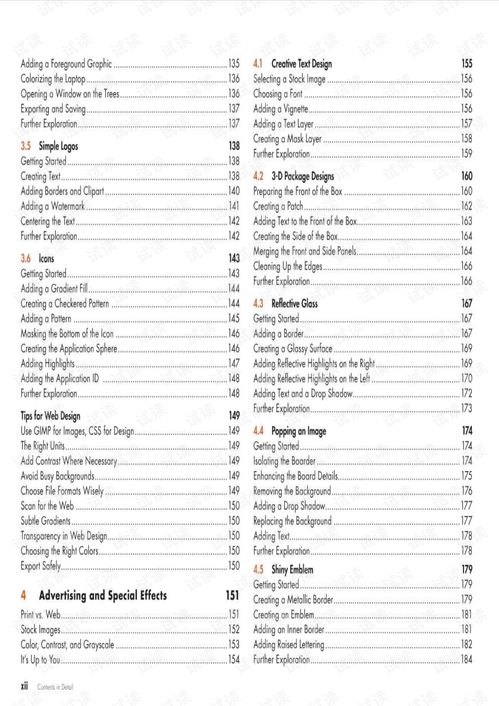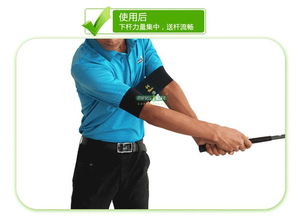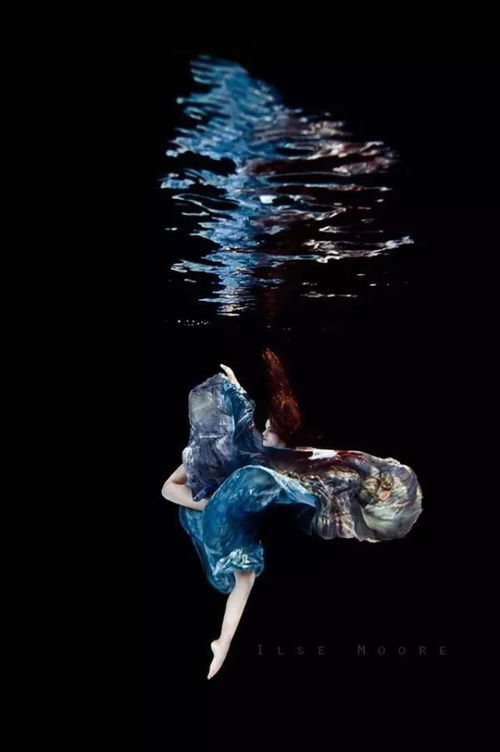How to Use Fine Line Trolling for Effective Fishing: Tips and Techniques
Trolling, a popular method of fishing that involves dragging bait or lures behind a moving boat, can be a highly effective way to catch fish. However, the choice of line is crucial to the success of your trolling expedition. Using a fine line can offer several advantages, such as reduced visibility to fish, less resistance in the water, and the ability to cover more ground. In this article, we will delve into how to use fine line for trolling and provide some essential tips and techniques to help you master this method.

Understanding Fine Line
Before we dive into the specifics of using fine line for trolling, it's important to understand what constitutes a fine line. Generally, fine line refers to monofilament fishing line with a diameter of 0.10 inches (2.5 mm) or less. This thin line is often preferred for its stealthiness and sensitivity, which can be particularly beneficial when targeting finicky or cautious fish species.
Choosing the Right Fine Line
When selecting a fine line for trolling, consider the following factors:
Diameter: As mentioned, fine line typically ranges from 0.10 to 0.15 inches (2.5 to 3.8 mm). The thinner the line, the less likely it is to spook fish.
Material: Monofilament is the most common material for fine line due to its flexibility and stretch. Fluorocarbon line, while heavier and more visible, is excellent for its sensitivity and strength.
Strength: The strength of your line should match the size and species of fish you are targeting. For instance, if you're targeting larger species, you may need a stronger line, while smaller species can be caught on a lighter line.
Color: For trolling, clear or light-colored lines are generally preferred as they are less visible to fish. However, some anglers opt for a bright color to spot strikes more easily.
Setting Up Your Trolling Rig
To use fine line for trolling, you'll need the following equipment:
- Fine monofilament or fluorocarbon line
- Trolling rod and reel suitable for the species and conditions
- Trolling lure or bait
- Trolling weight or downrigger
- Rod holder or rod clamp
Here's how to set up your rig:
Attach the Weight: Attach a trolling weight or downrigger to the end of your line. This will help keep your lure or bait at the desired depth.
Add a Leader: Connect a leader to the main line. The leader should be a few feet longer than the length of your lure or bait and made of the same type of line as your main line.
Attach the Lure or Bait: Tie your lure or bait to the end of the leader using a reliable knot, such as an improved clinch knot or a palomar knot.
Mount the Rig on the Rod: Attach the rig to your trolling rod using a rod holder or clamp.
Trolling Techniques
Once your rig is set up, here are some tips for successful fine line trolling:
Speed: Experiment with different speeds to determine the most effective rate for your target species. Generally, slower speeds are more effective for larger fish, while faster speeds can be better for smaller species.
Depth: Adjust the depth of your lure or bait by changing the weight or downrigger settings. Some fish may be found at different depths throughout the day, so be prepared to make adjustments.
Pattern: Vary your trolling pattern to cover more water and keep the line moving at different speeds. This can be done by changing the speed, direction, or by using a zigzag pattern.
Reading the Line: Fine line is more sensitive, so pay close attention to any changes in line movement. A sudden stop or a sudden pull can indicate a strike.
Reeling In: When you feel a strike, reel in quickly but smoothly to set the hook. The thinner line may require a more delicate approach to avoid breaking the line.
Conclusion
Using fine line for trolling can be a highly effective method for catching a variety of fish species. By understanding the benefits of fine line, choosing the right equipment, and employing the proper techniques, you can increase your chances of success. Remember to practice responsible fishing by releasing fish that are not of legal size or that you do not intend to keep, and always adhere to local fishing regulations. Happy fishing!












